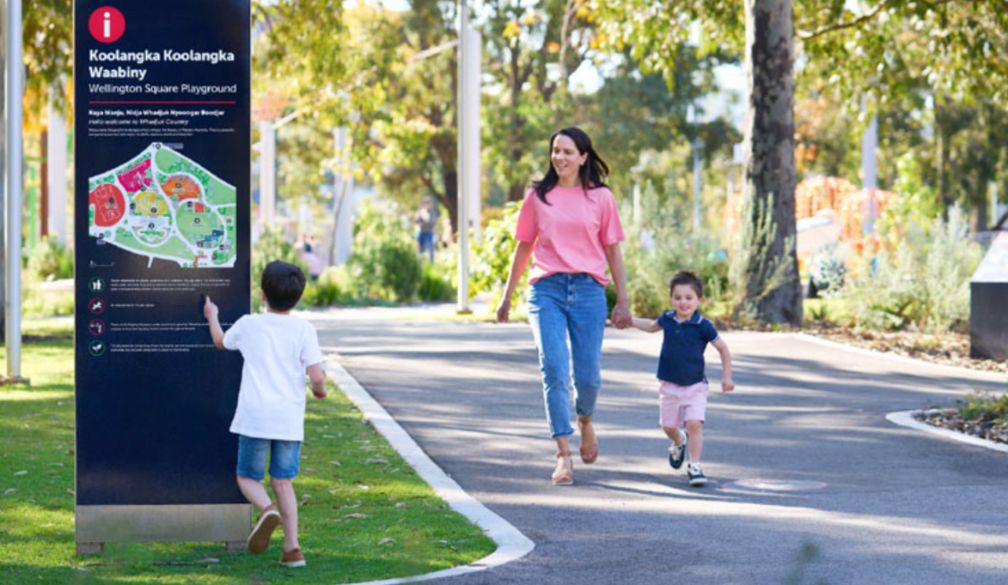The Impact Of Good Quality Wayfinding Signage On Brand Awareness
- Written by Scene Magazine

In today’s highly competitive business environment, brand awareness stands as a cornerstone of success. Businesses tirelessly seek innovative strategies to distinguish themselves, and an often-underutilized tool is the implementation of effective wayfinding signage. This article delves into the profound impact that high-quality wayfinding signs can have on promoting and enhancing brand awareness.
The Concept of Wayfinding Signage
Wayfinding signage refers to signs that guide people through a physical environment and enhance their understanding and experience of the space. Typically, these signs include directional pointers, information panels, and identifiers for various locations within a venue. The primary aim is to deliver clear directions and reduce confusion, which is crucial in settings such as hospitals, educational campuses, and sprawling corporate complexes. The effectiveness of wayfinding signage hinges not only on its functionality but also on its ability to uphold the brand’s aesthetic and values, thereby contributing to a coherent brand image.
Understanding Brand Awareness
Brand awareness involves the extent to which consumers are familiar with the qualities or image of a particular brand of goods or services. Creating strong brand awareness is a pivotal marketing objective for businesses, as it helps to foster trust and loyalty amongst consumers, leading to potential sales increases. In settings where choices abound, a strong brand presence can significantly influence consumer decisions, making brand awareness an indispensable element of strategic marketing.
The Impact of Good Quality Wayfinding Signage on Brand Awareness
Good quality wayfinding signage does more than just guide visitors through a physical space; it also acts as a silent ambassador of the brand. Well-designed signage reinforces brand identity through the consistent use of logos, colors, typography, and imagery that align with the brand's wider marketing communications. This repetition of visual elements ensures that a brand remains memorable and recognisable. For instance, when visitors navigate through spaces with cohesive and distinctive signage, repeated exposure enhances their recognition of the brand, improving the likelihood of recall in future decision-making processes. Visit Artcraft for better signage options.
Factors to Consider in Wayfinding Signage for Effective Brand Awareness
Importance of Design and Aesthetics
The design and aesthetic appeal of wayfinding signage can profoundly influence consumer perceptions of a brand. Visually appealing signs can capture attention, make navigational information easier to understand, and contribute positively to the overall user experience. Brands that invest in beautifully designed, high-quality signs can thus reflect a commitment to professionalism and attention to detail, attributes highly valued by consumers.
The Role of Location and Visibility in Wayfinding Signs
The strategic placement of wayfinding signs is crucial in ensuring they are effective and noticed. Signage should be positioned at key decision points where visitors might need guidance or reassurance—near entrances, at junctions, or transitions between different sections of a building. Visibility is equally important; signs should be easily seen from a distance and clearly legible, with appropriate sizing, contrasting colors, and illumination if necessary. Effective positioning not only aids navigation but also maximizes the impact of the brand elements displayed on the signage.
Consideration of User Needs and Preferences
Understanding the target audience is key to designing effective wayfinding signage. Different demographic groups might have varying needs; for example, older adults may require larger text sizes, while tech-savvy users might appreciate interactive or digital signs. Considering these preferences helps in creating signs that are not only functional but also engaging for all users. Additionally, inclusive design, such as the use of Braille or voice assistance, can broaden the reach and demonstrate a brand’s commitment to accessibility.
The Need for Consistency and Coherence in Signs
Consistency in the design and messaging of wayfinding signs cannot be overstated. Consistent use of visual elements and tone in signage across all locations strengthens brand identity, creating a seamless and integrated experience for users. This coherence ensures that the brand remains easily recognisable and reliable, reinforcing consumer confidence and loyalty.
Conclusion
The strategic integration of well-designed wayfinding signage significantly boosts brand awareness, ensuring that a brand remains prominent in the minds of consumers. From enhancing the aesthetic appeal to ensuring consistency and meeting user needs, each aspect of signage must be meticulously planned and executed. As brands continue to navigate the complexities of today’s markets, investing in high-quality, thoughtfully designed wayfinding signs should be considered not just for their functional benefits but also for their potent capacity to elevate brand presence and perception.


















